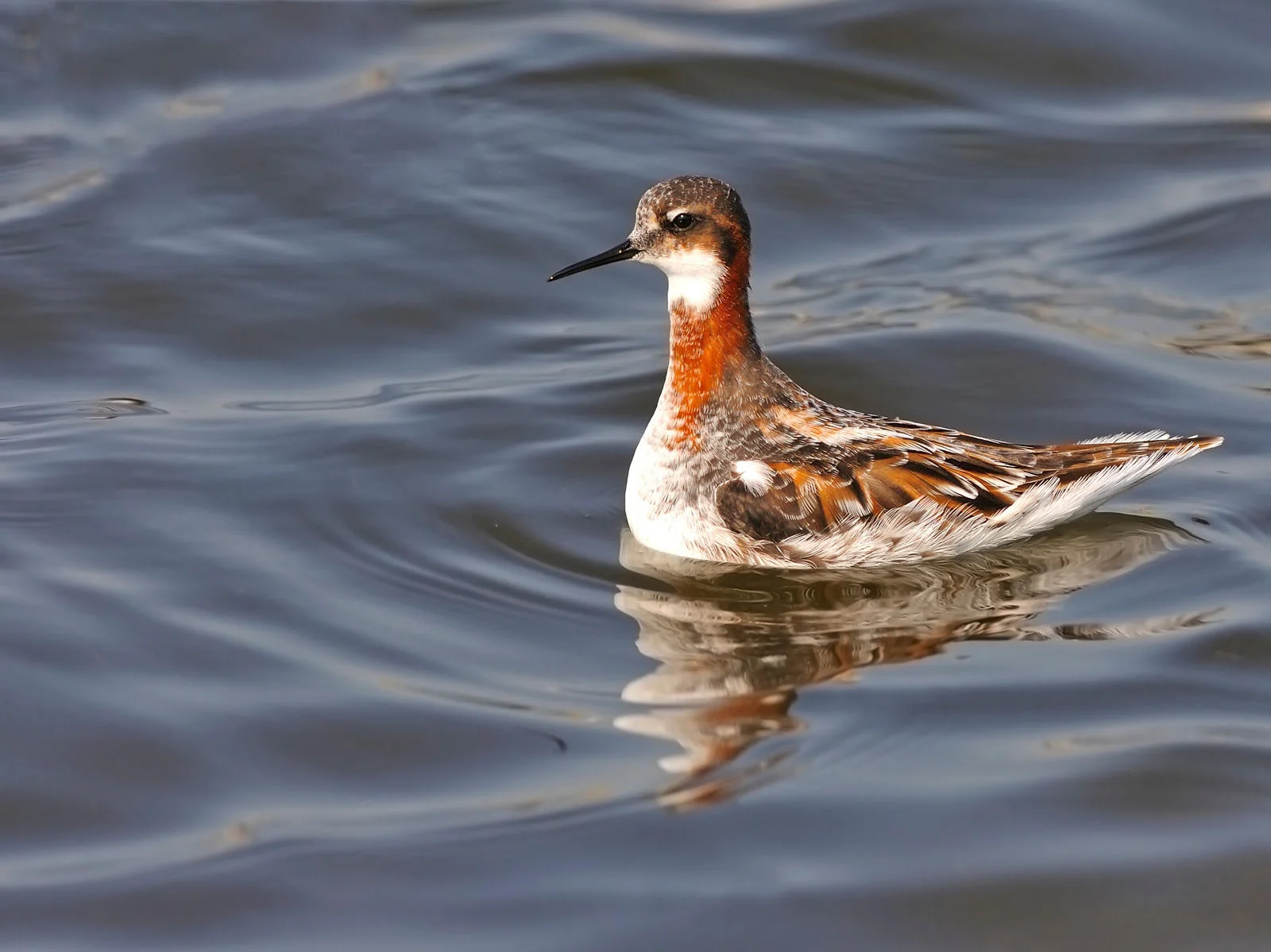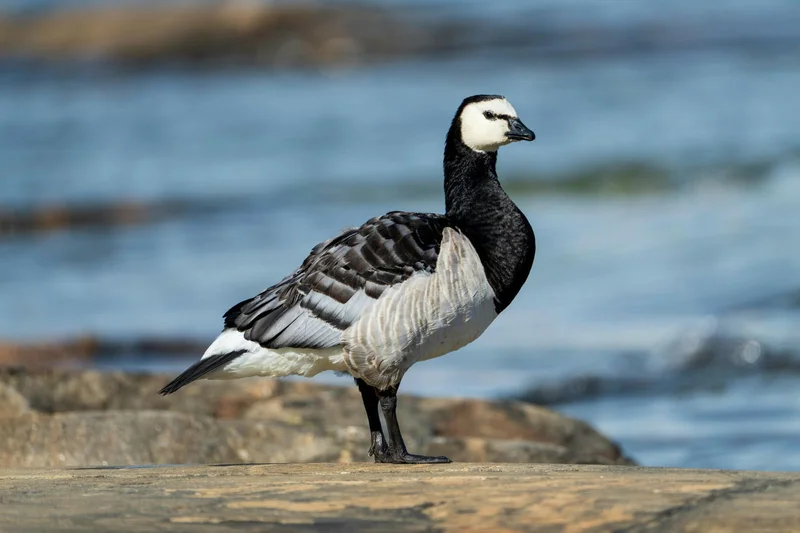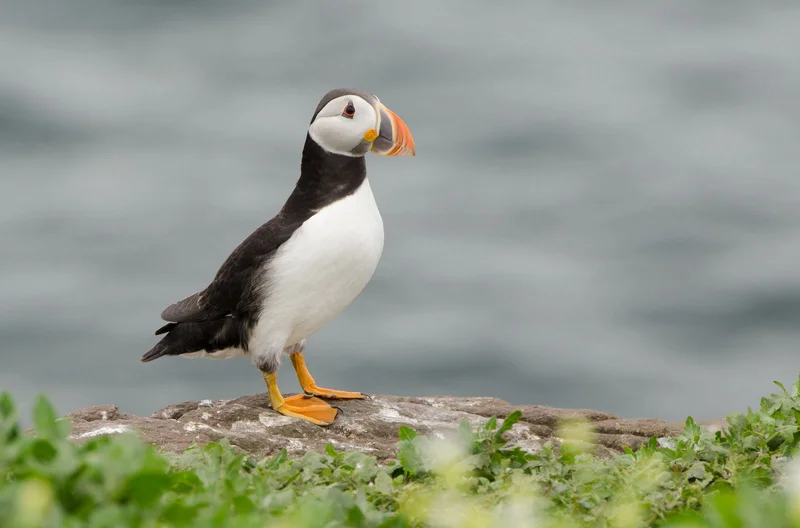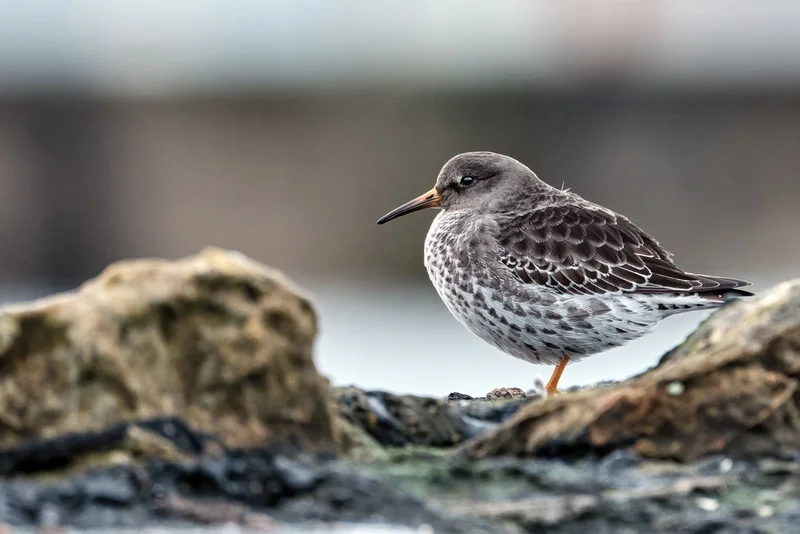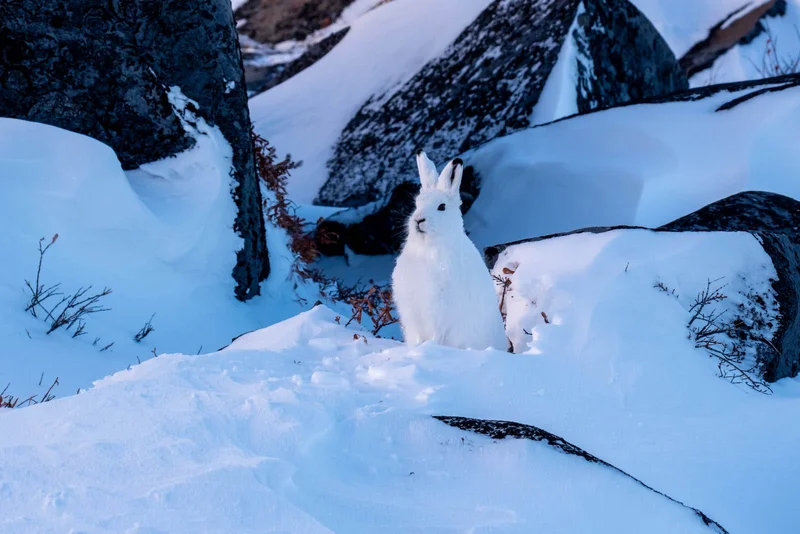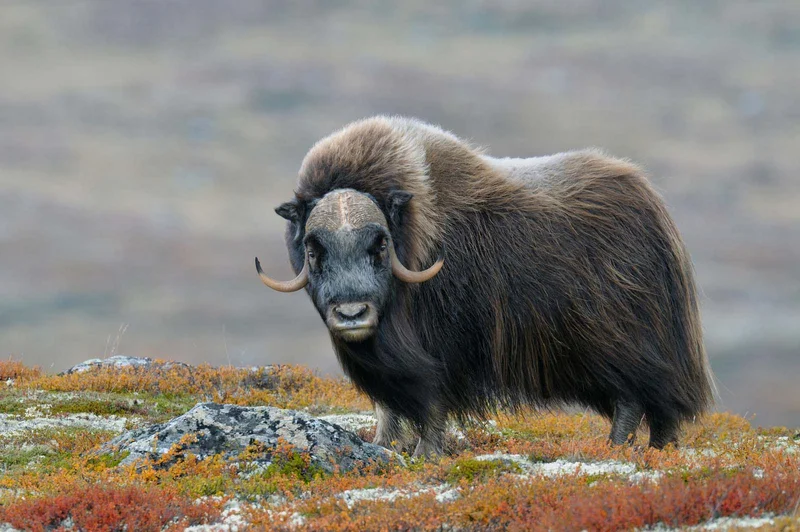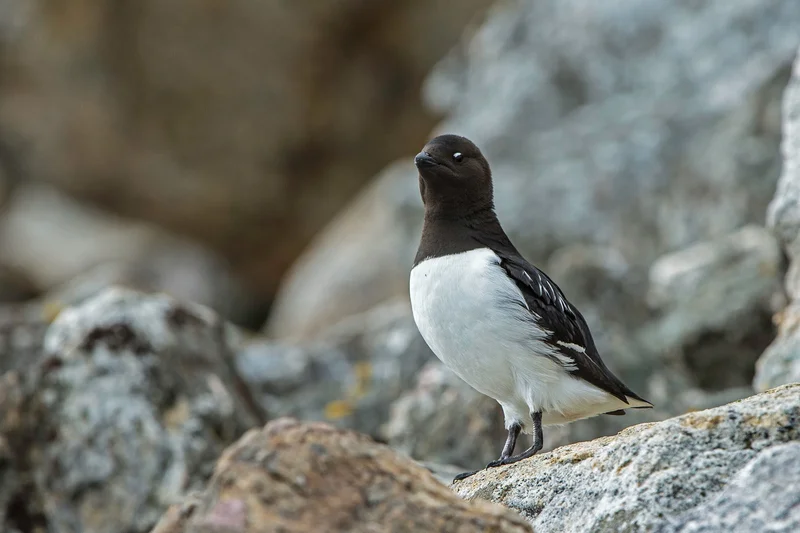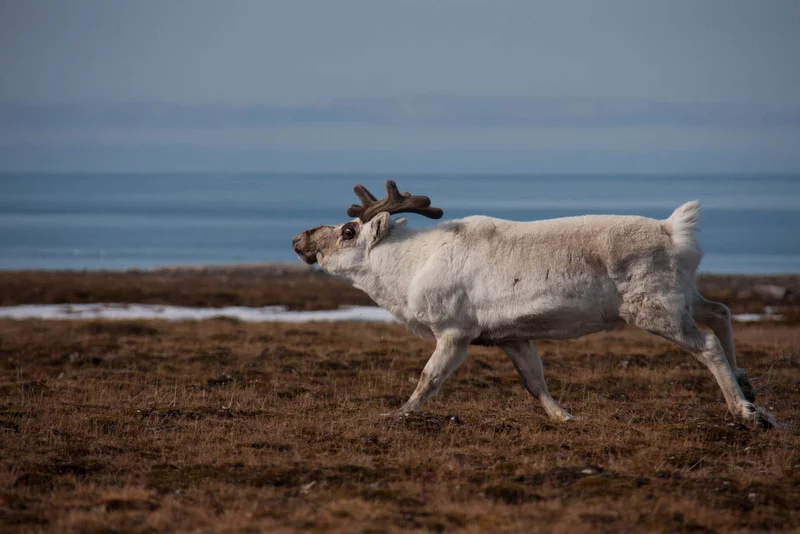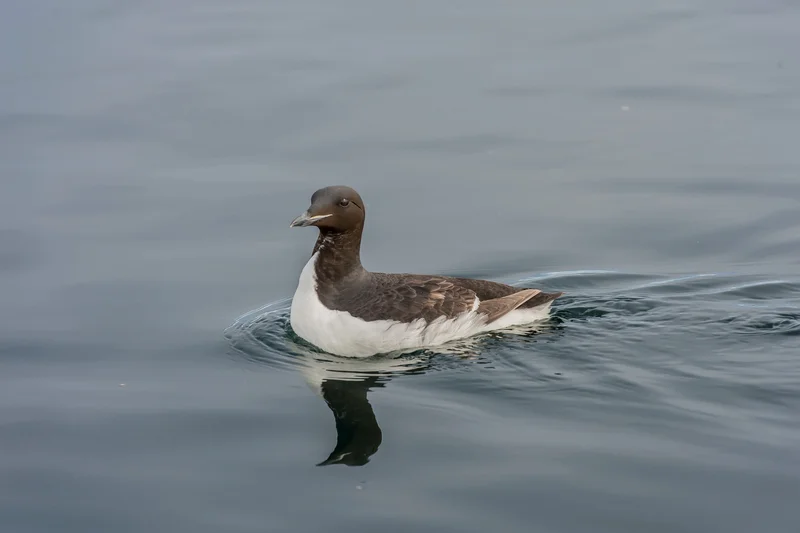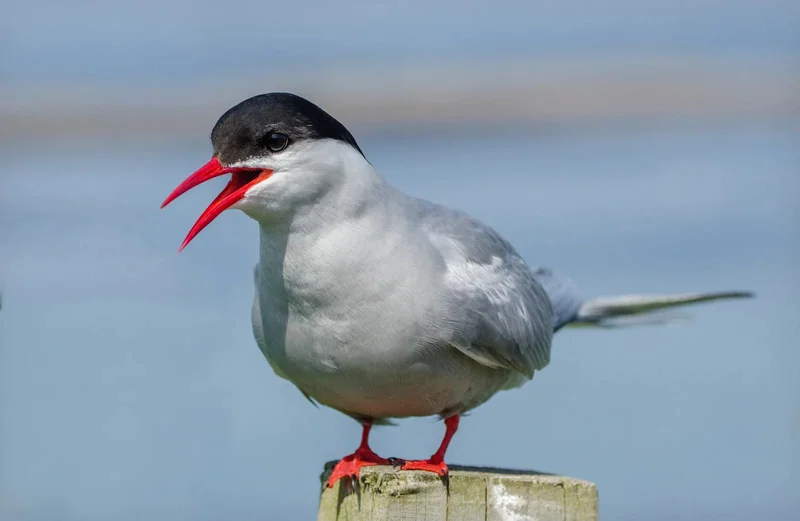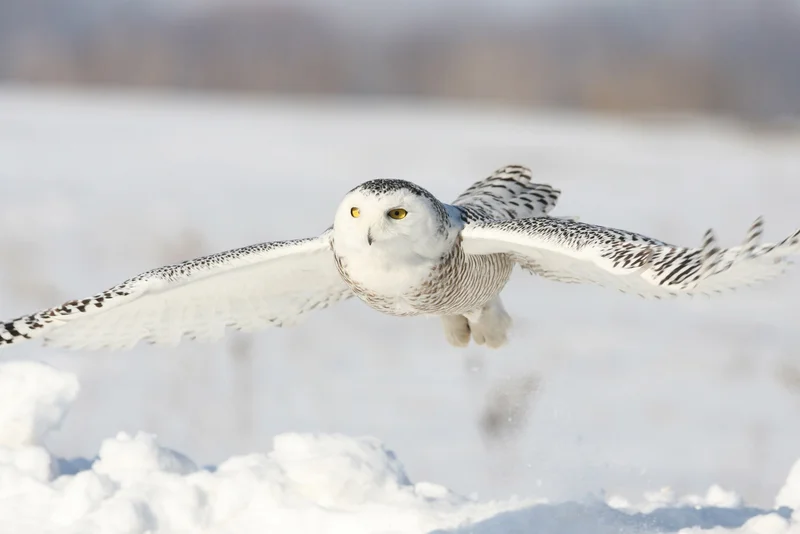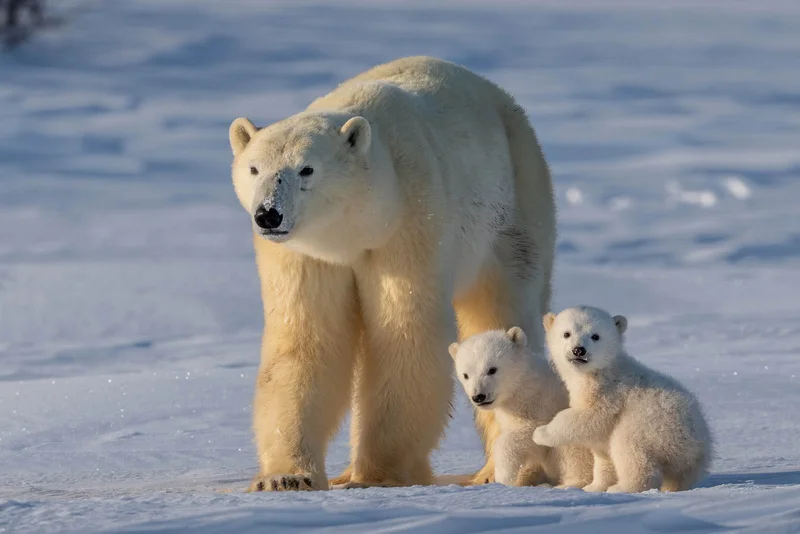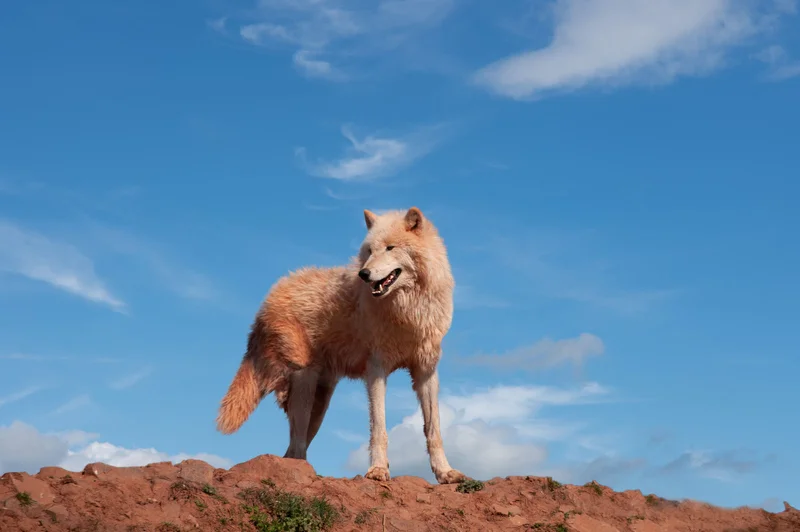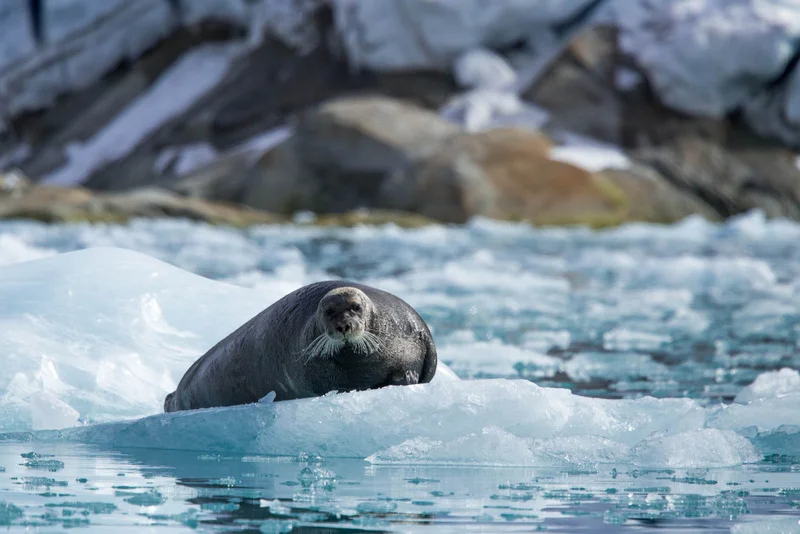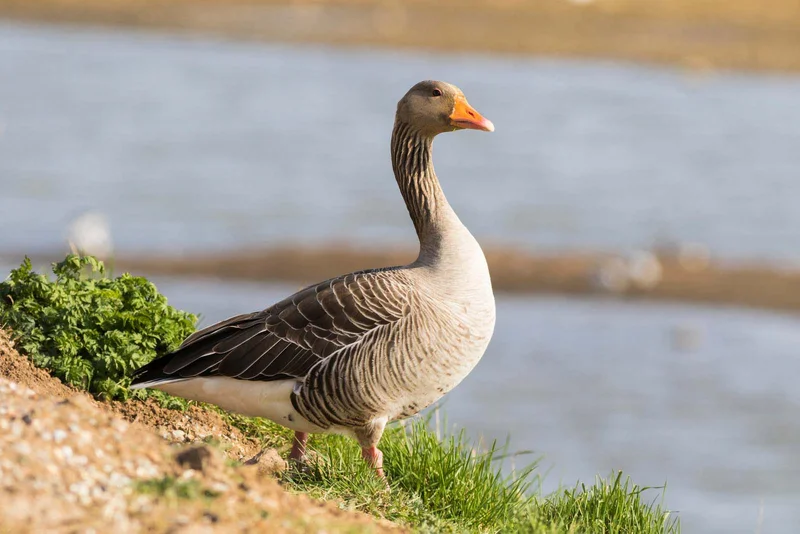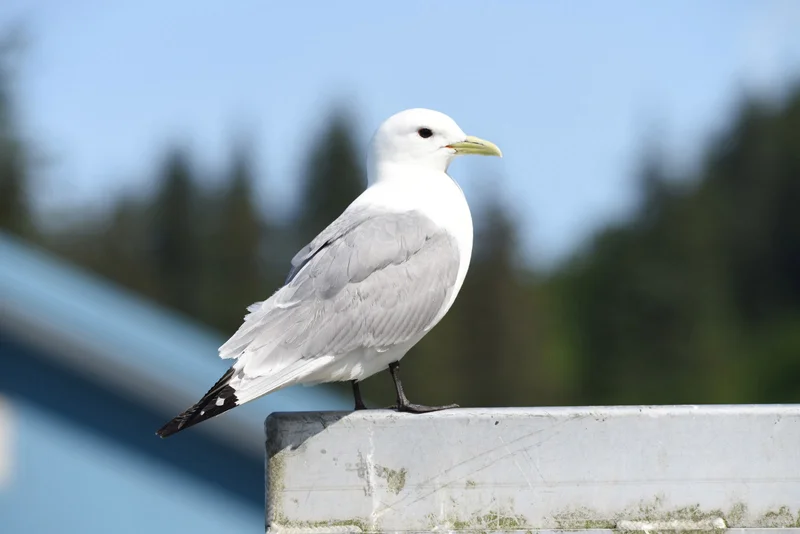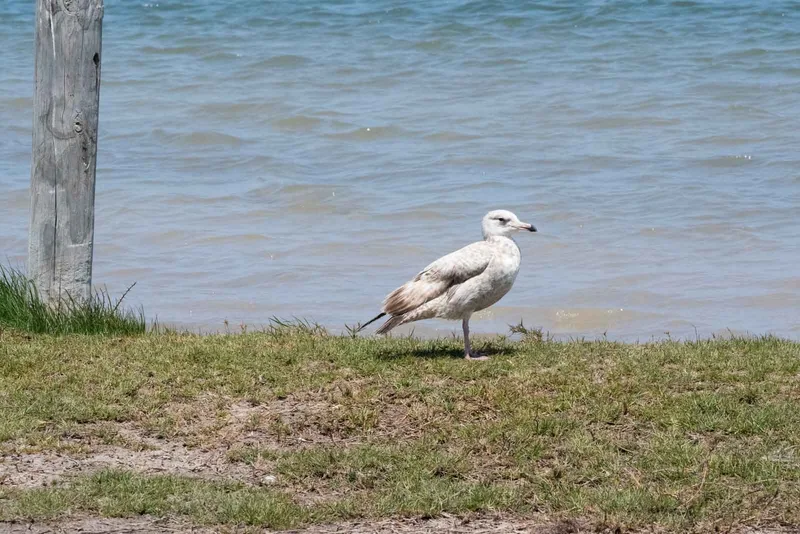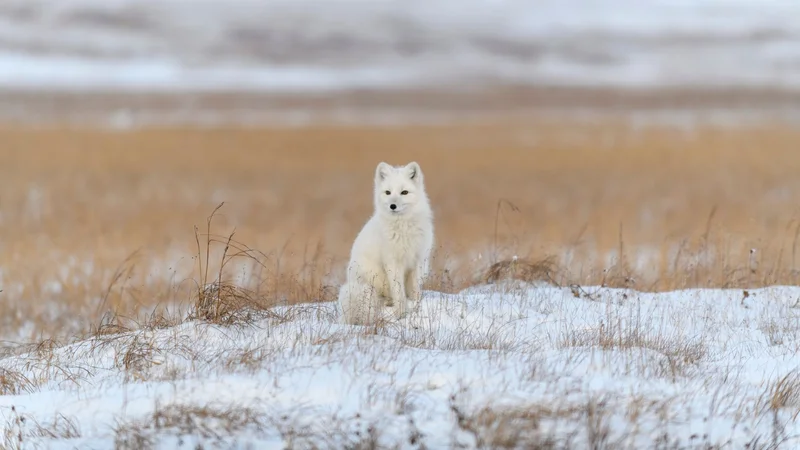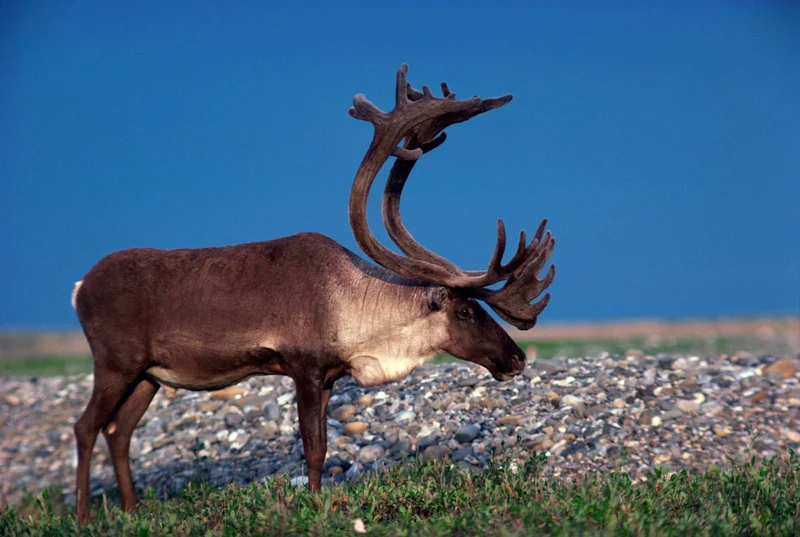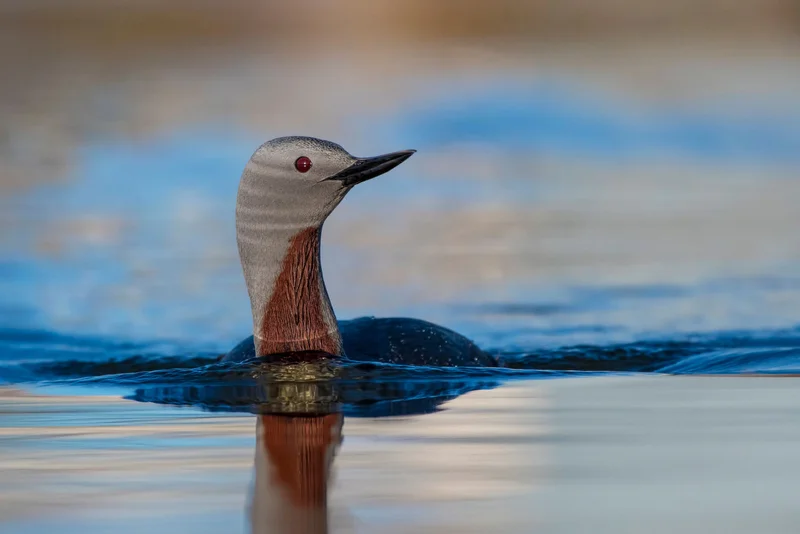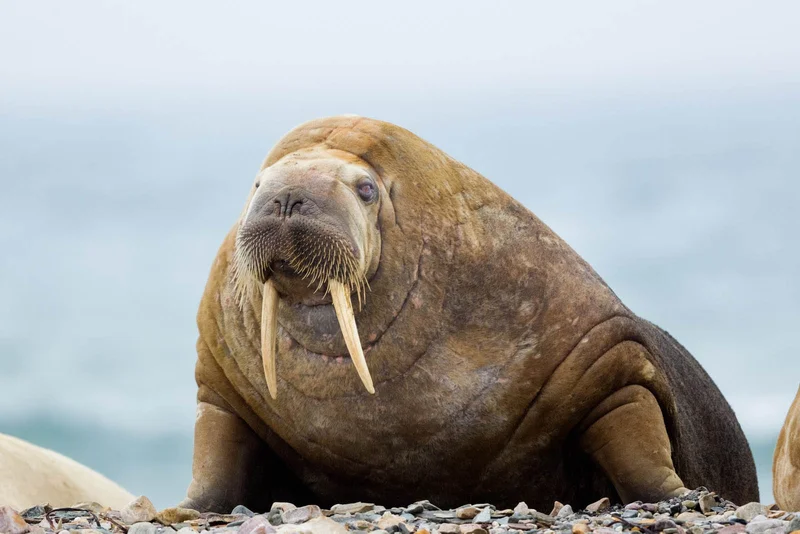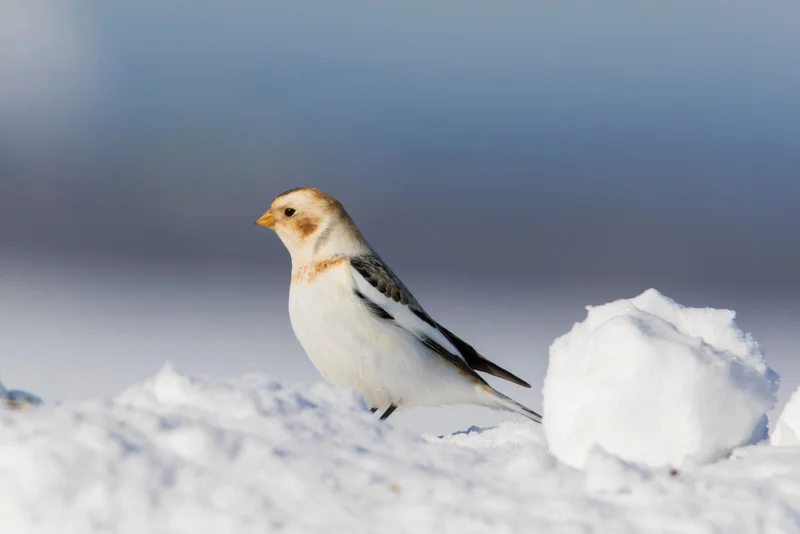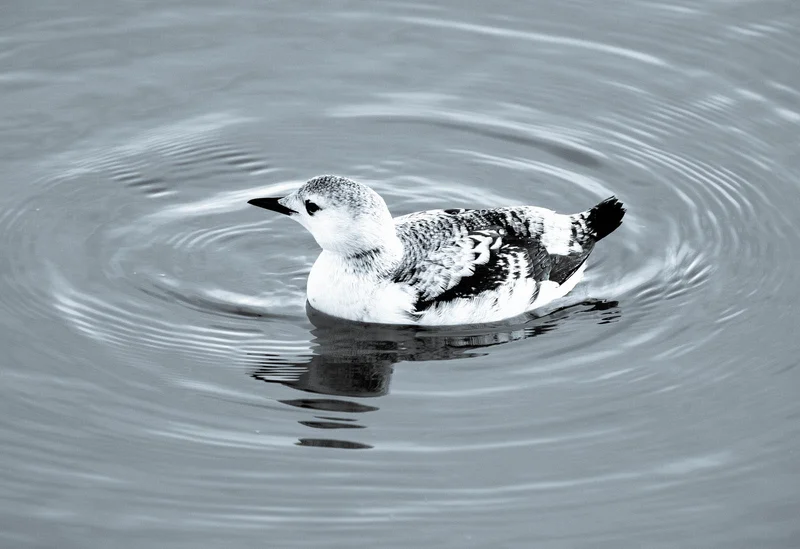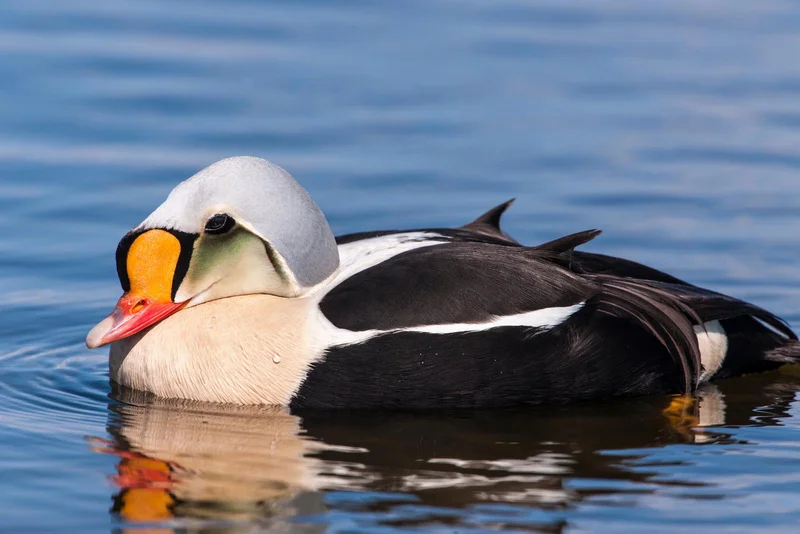Essential Purple Sandpiper Information
The Red Phalarope is a wading bird that breeds in the Arctic regions of North America and Eurasia. This remarkable bird is known not only for its colorful appearance during the breeding season but also for its reversed gender roles in breeding behavior and unique feeding techniques.
Physical Characteristics
Red Phalaropes grow to about 20 cm (8 inches) in length with a wingspan of 43 cm (17 inches). They have a straight yellowish bill tipped with black and lobed toes similar to those of coots. Their breeding plumage features dark brown and black upperparts, red underparts, and a distinctive white cheek patch. Females are more brightly colored than males, a reversal of typical bird coloration.
Behavior and Feeding
Red Phalaropes are known for their unusual feeding technique. In shallow water, they swim in tight circles, creating small whirlpools with their lobed feet. This vortex brings small insects and crustaceans to the surface, which the birds then feed on. This behavior can often be observed up close, as phalaropes tend to be quite approachable.
Breeding and Migration
What makes the Red Phalarope especially unique is its breeding behavior. Unlike most bird species, females compete for territories and pursue males. After laying their eggs, the females migrate south, leaving the males to incubate the eggs and care for the chicks until they fledge. Once breeding is complete, Red Phalaropes embark on an impressive migration, traveling as far as the coast of Peru for the winter.
Distinguishing Features
The Red Phalarope can sometimes be confused with the Red-necked Phalarope. However, the Red Phalarope has a deeper chestnut neckband and a distinctive white wing flash that help differentiate the two species.
Interesting Facts
Reversed Gender Roles: Female Red Phalaropes are more colorful and pursue males for breeding, leaving them to incubate and care for the young.
Unique Feeding Technique: They create whirlpools in shallow water with their feet to bring prey to the surface.
Long Migration: These birds migrate transequatorially, with some traveling as far as Peru for the winter.
